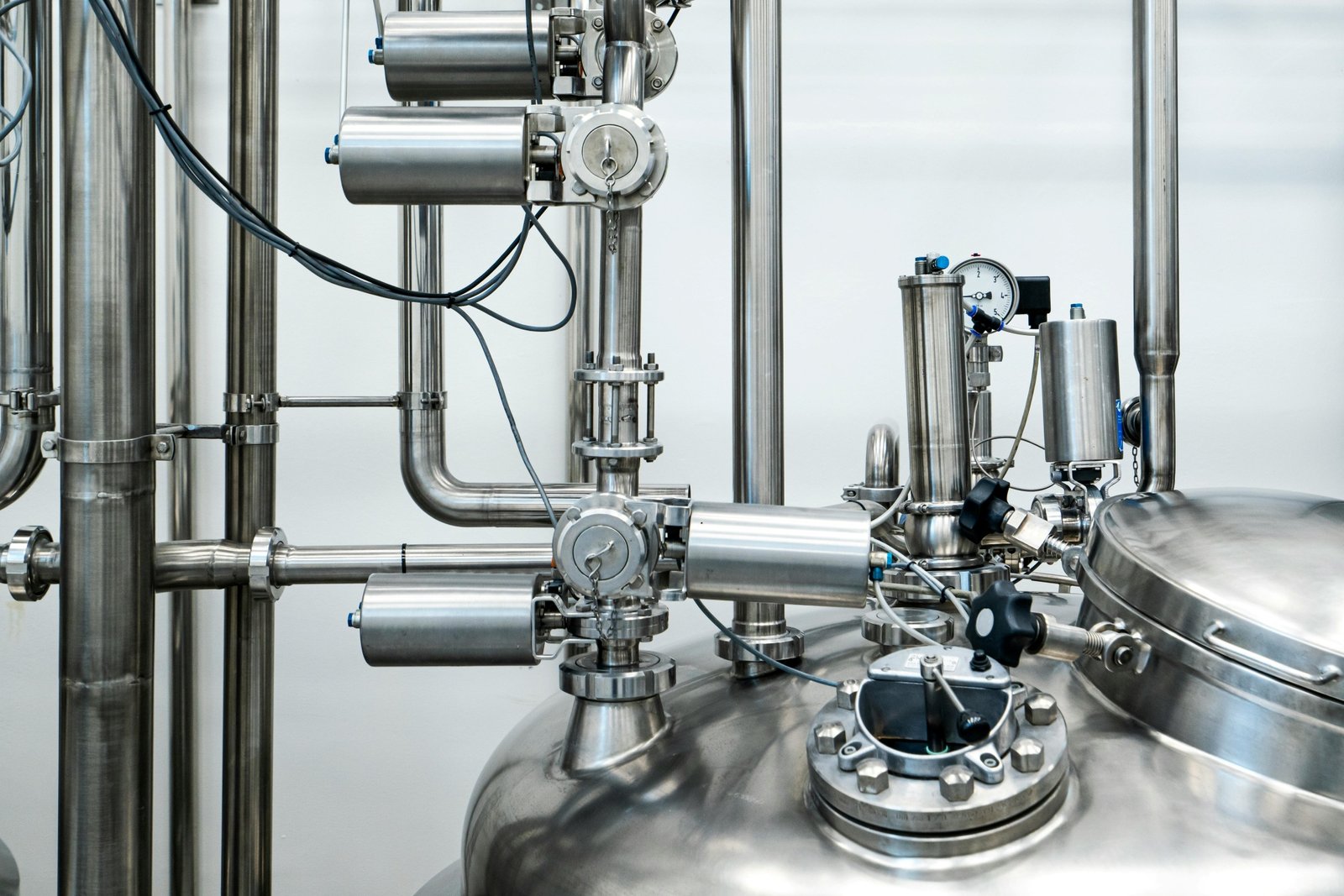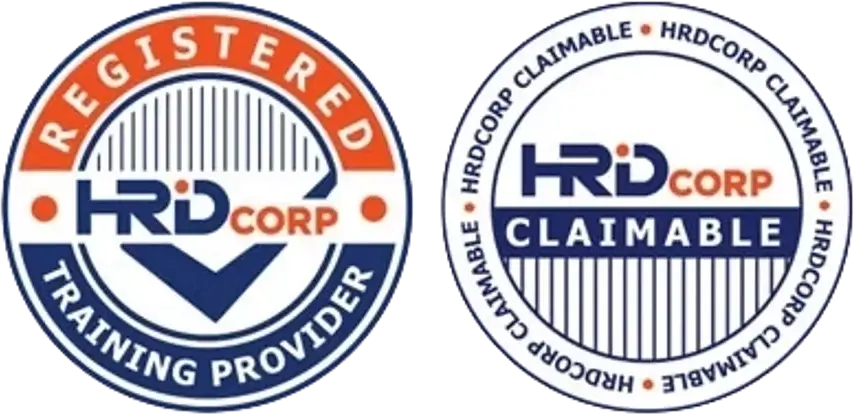What Are the Hidden Costs of Implementing FSSC 22000 Certification?
For many food manufacturers, FSSC 22000 certification looks like a gateway to international markets and buyer confidence. While the benefits are clear — global recognition, trust, and compliance — the hidden costs often surprise small and medium factories.
Let’s uncover what you should prepare for beyond the visible certification fees.

💰 Direct vs. Hidden Costs of FSSC 22000
-
Direct Costs (easier to predict)
-
Certification body audit fees
-
Surveillance audits
-
Training fees
-
Consultancy support
-
-
Hidden Costs (often overlooked)
-
Facility upgrades
-
Documentation systems
-
Extra staff time and manpower
-
Equipment calibration & maintenance
-
Supplier management costs
-
🔎 The Hidden Costs You Need to Watch Out For
1. Facility & Infrastructure Upgrades
-
Renovation of walls, floors, and ceilings to meet hygiene standards
-
Improved drainage systems to prevent contamination
-
Pest-proofing and zoning modifications
-
Investment in hygienic design of equipment
2. Pre-Requisite Program (PRP) Requirements
-
Cleaning & sanitation systems that meet ISO/TS 22002-1 standards
-
Employee hygiene facilities (handwashing stations, PPE, locker rooms)
-
Waste handling systems to comply with GFSI benchmarks
3. Documentation & Record-Keeping
-
Creating new SOPs (Standard Operating Procedures)
-
Maintaining traceability and recall documentation
-
Electronic document management systems (if manual systems are inefficient)
4. Staff Training & Awareness
-
Time away from production for HACCP & FSSC 22000 training
-
Ongoing refresher courses to maintain compliance
-
Cost of hiring external trainers or consultants
5. Internal Audits & Management Review
-
Allocating internal staff for audits (reducing daily productivity)
-
Corrective actions that may require additional spending
-
Consultant-led gap analysis before certification
6. Supply Chain & Supplier Compliance
-
Evaluating and approving raw material suppliers
-
Additional costs for supplier audits
-
Replacing non-compliant suppliers (higher purchase costs)
7. Equipment & Calibration Costs
-
Routine calibration of critical instruments (thermometers, metal detectors, scales)
-
Preventive maintenance to avoid non-compliance findings
-
Spare parts and service agreements for equipment reliability
8. Ongoing Certification Maintenance
-
Yearly surveillance audits fees
-
Recertification every three years
-
Continuous improvement projects to meet updated GFSI expectations
⚖️ Why These Hidden Costs Matter
-
Budgeting Reality Check – Certification is not just about audit fees
-
SME Challenge – Smaller factories often underestimate total costs
-
Return on Investment (ROI) – Hidden costs should be balanced against export opportunities, brand trust, and fewer customer audits

✅ Final Takeaway
FSSC 22000 certification is more than a “paper certificate.” The hidden costs include facility upgrades, staff training, supplier compliance, and ongoing maintenance.
👉 If you’re a small or medium food factory, plan ahead for these hidden costs to avoid surprises.
👉 The upfront investment may feel heavy, but the long-term gain — international recognition, GFSI benchmark trust, and access to global markets — often outweighs the expense.


